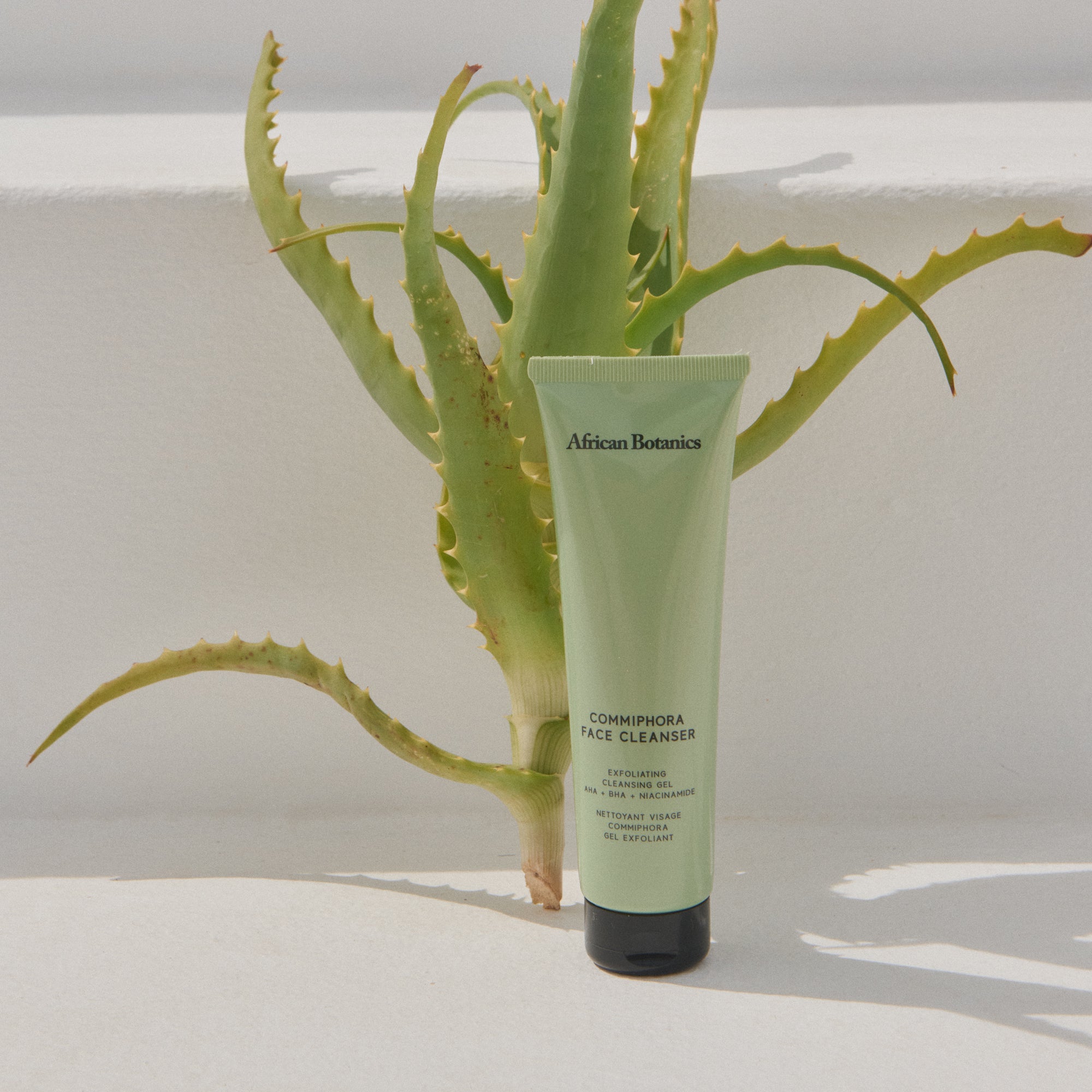How to Choose the Perfect Non-Toxic Face Cleanser
Many people misidentify their skin type due to damage from harsh products. To determine your actual skin type:
- Cleanse your face with plain water only
- Wait 2-3 hours without applying any products
- Observe your skin:
- Oily: Shiny all over, visible pores, prone to breakouts
- Dry: Tight feeling, possible flaking, fine lines more visible
- Combination: Oily T-zone, normal to dry cheeks
- Sensitive: Easily irritated, reactive to products, redness-prone
Benefits for Every Skin Type
Sensitive Skin: Non-toxic cleansers eliminate common irritants like artificial fragrances, sulfates, and parabens that trigger redness, burning, and allergic reactions.
Acne-Prone Skin: Chemical-free formulations won't disrupt your skin's natural oil production or cause the rebound oiliness that harsh cleansers trigger.
Aging Skin: Natural ingredients provide gentle exfoliation and antioxidant protection without the free radical damage caused by synthetic chemicals.
Normal Skin: Maintain your skin's healthy balance while preventing future damage from toxic accumulation.
Toxic Ingredients to Avoid in Face Cleansers
The Most Dangerous Chemicals
Sulfates (SLS/SLES)
These aggressive detergents strip your skin's natural protective oils, causing dryness, irritation, and increased sensitivity. They're so harsh they're used in garage floor degreasers.
Parabens (Methylparaben, Propylparaben, Butylparaben)
These preservatives mimic estrogen in your body, potentially disrupting hormones and linked to breast cancer concerns. They accumulate in breast tissue and have been found in 99% of breast cancer tissue samples.
Artificial Fragrances
One of the most toxic ingredients in skincare, "fragrance" can contain up to 3,000 different chemicals, many of which are carcinogens, allergens, and hormone disruptors.
Formaldehyde-Releasing Preservatives
Including DMDM hydantoin, quaternium-15, and Bronopol, these chemicals slowly release formaldehyde (a known carcinogen) to prevent bacterial growth.
Triclosan
This antibacterial agent disrupts thyroid function, contributes to antibiotic resistance, and has been banned in hand soaps but still appears in face washes.













